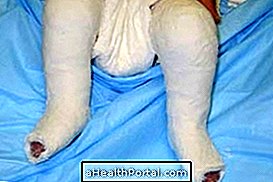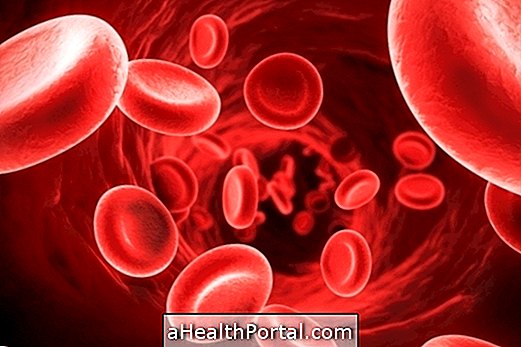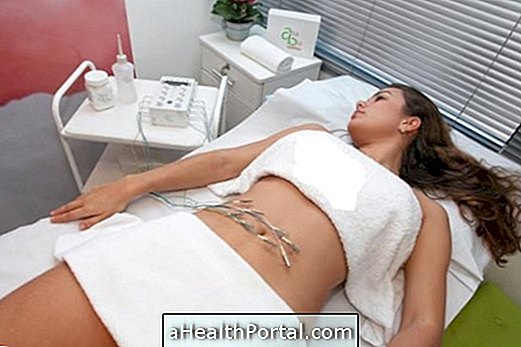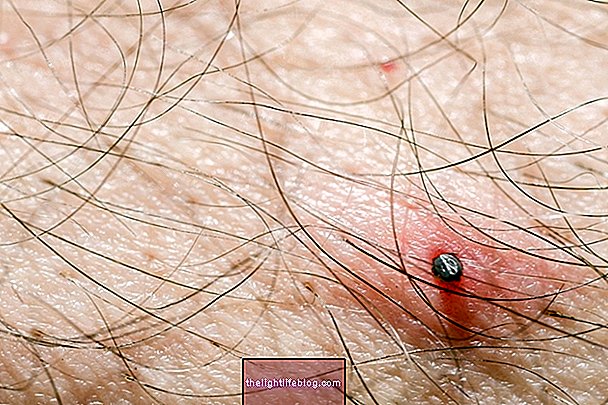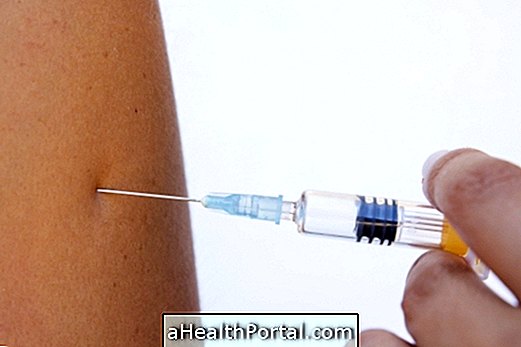Anaphylactic shock is a severe allergic reaction that can lead to the closing of the throat, preventing proper breathing and leading to death within minutes. In this way, anaphylactic shock should be treated as soon as possible.
First aid in this case is important to ensure the chances of survival of the victim and include:
- Call an ambulance by calling 192 or take the person to the emergency room immediately;
- Observe if the person is conscious and breathing . If the person faints and stops breathing, the cardiac massage should be started. Here's how to do it correctly.
- If you are breathing, you should lie down and lift your legs to facilitate blood circulation.
In addition, one should look for the person to have some adrenaline syringe in the clothing or bag, for example, and inject it in the skin as soon as possible. People with food allergies, who are at great risk of having an anaphylactic shock, usually carry these types of injections for use in emergency situations.
In the event that the collision occurred after an insect or snake bite, the animal's stinger should be removed from the skin, applying ice in place to reduce the spread of the venom.

How to recognize an anaphylactic shock
The first symptoms of anaphylactic shock are:
- Increased heart rate;
- Difficulty breathing and coughing and wheezing in the chest;
- Stomach ache;
- Nausea and vomiting;
- Swelling of the lips, tongue, or throat;
- Pale skin and cold sweat;
- Itching in the body;
- Dizziness and fainting;
- Cardiac arrest.
These symptoms can appear seconds or hours after contact with the substance that causes the allergic reaction, which is usually a medication, the poison of animals such as bees and maribondos, foods such as shrimp and peanuts, and gloves, condoms or other objects made of latex .

What to do to not have anaphylactic shock
The best way to prevent anaphylactic shock is to not have contact with the substance that causes the allergy, avoiding consuming shrimp and seafood or the contact with objects made of latex, for example.
Another preventive measure is to ask the doctor to prescribe a shock treatment kit, and learn to apply the injection of adrenaline on itself if necessary.
In addition, you should warn friends and family about allergy and teach them how to use the emergency kit, and it is also important to use an allergy-friendly wristband in public places and crowds to facilitate first aid.
How is the hospital treatment done?
In the hospital, the patient in anaphylactic shock will quickly be treated with oxygen mask to facilitate breathing and remedy in the vein with adrenaline, which will act on the body by reducing the allergic reaction and normalizing their vital functions of the person. See more details on Anaphylactic Shock Treatment.
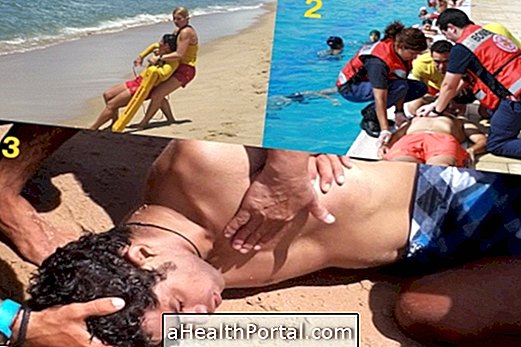
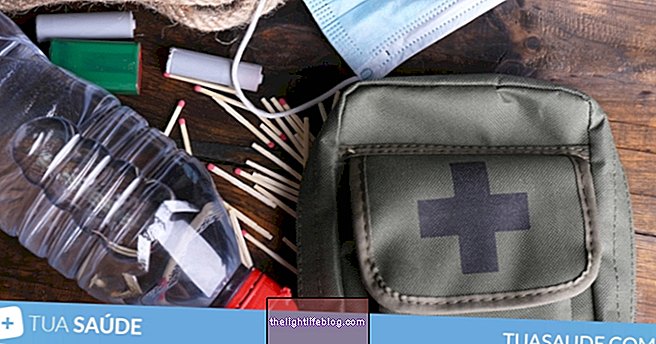
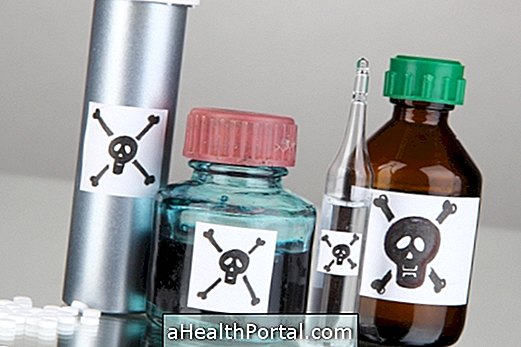

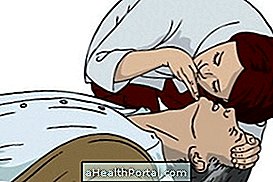
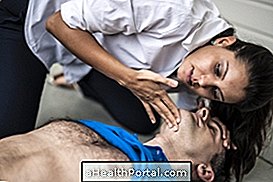

-o-que--sintomas-e-tratamento.jpg)

